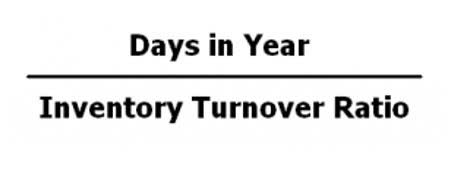What Is FICA Tax? A Guide for the New Employer Tax Hack Accounting Group

I was born in 1980, so I’m pretty much guaranteed to bookkeeping and payroll services die before I ever see a penny of Social Security. I thought retirement was for relaxing after many years of hard work and dedication to the future economic success of our nation. With the increasing age requirements, I will only be able to use social security to pay for my funeral.

Resolving FICA Tax Disputes

Additionally, you can access your Social Security statement online through the Social Security Administration (SSA) website. Leslie Harding is a Freelance Content Specialist who focuses primarily on the behind-the-scenes aspects of start-up life. With experience in topics including healthcare, payroll, and HR, Leslie has brought her experience to many start-ups, including Brex, Brella, Gusto, Lively, and Wonolo.
- For income above the threshold, the employer continues to contribute 1.45%, while the employee contributes the additional 0.9%, or 2.35%.
- The additional Medicare tax of 0.9% applies specifically to employees on income over a threshold amount – $200,000 for individuals and $250,000 for married couples filing jointly in 2023.
- FICA taxes are automatically withheld from an employee’s wages by the employer, based on the applicable tax rates and wage limits.
- Social Security income is dependent on each individual taxpayers contributions.
- Journey into the world of Cost-of-Living Adjustments (COLA) to uncover the essential mechanism safeguarding retirees’ income from inflation.
- When you see FICA on your paycheck, it indicates your contributions to these important social safety nets.
- This means that once an employee’s wages reach this limit, no additional Social Security taxes are withheld for the remainder of the year.
Income Protection Plan
It’s important to note that FICA taxes do not apply to all income types. For instance, income from renting property or earning interest is generally excluded from FICA taxation. Conversely, wages, salaries, and tips are subject to FICA taxes, along with certain other income sources like net earnings from self-employment under the Self-Employment Contributions Act (SECA).
FICA and SECA: Penalties for Noncompliance
FICA taxes, fixed assets in addition to other payroll taxes, also fund unemployment and disability insurance. The amount of benefits received by each taxpayer are directly correlated to their amount of lifetimes contributions. In fact, each employed taxpayer receives a yearly report which describes their year long, lifetime and expected contributions to Social Security. In this way, taxpayers are able to plan for their retirement by being aware of what amount of guaranteed Social Security income they can expect.

Uncle Sam had no business getting into retirement in the first place, and now that they did, of course it is set on a disastrous course. By the time the consequences hit, you’ll be gone and others will be left holding the bag. I don’t know of any way to get any type of refund for FICA taxes for a deceased relative.

Today, FICA taxes are collected automatically by employers, who withhold the appropriate amount from an employee’s paycheck and send it to the federal government on their behalf. The current tax rate for Social Security taxes is 6.2% for both the employer and employee, while the Medicare tax rate is 1.45% for both. Self-employed workers are responsible for paying both the employer and employee portion of FICA taxes, which is known as the self-employment tax. when was fica established Initially, these contributions took the form of payroll taxes under the Wagner-Peyser Act of 1933.
They should decrease the age requirement so that people will be able to enjoy retirement. You still have to pay FICA taxes even if you are currently collecting social security benefits. I am a contracted full time employee for a company in NY,(I reside in Fl.). To summarize, FICA serves as the lifeblood of Social Security and Medicare programs, akin to the intricate gears of a well-oiled machine. Its historical roots, current rates, and impact on financial policies underscore its critical role in sustaining essential social welfare benefits. Additionally, an extra 0.9% Medicare tax is levied on income exceeding a specific threshold.
